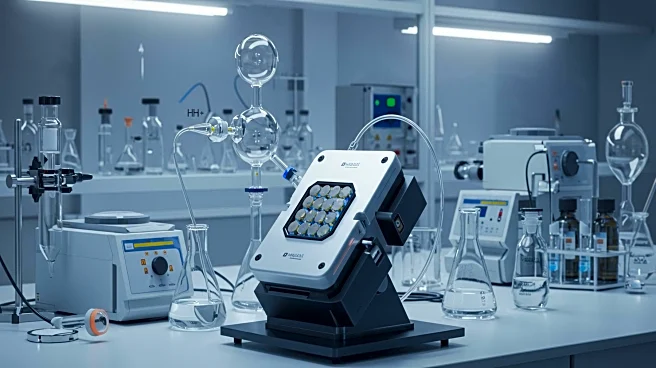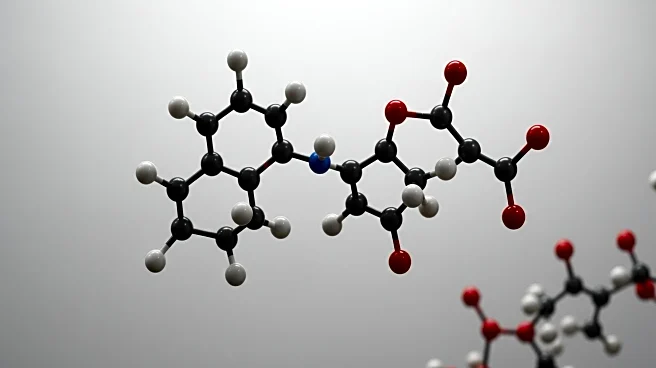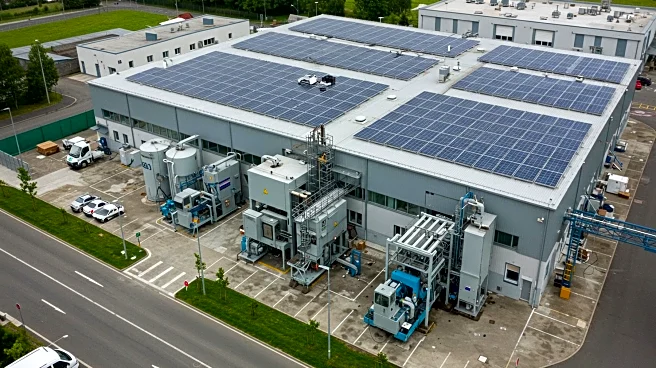What's Happening?
An international research team, including members from Washington State University and the University of North Dakota, has developed a new catalyst that could revolutionize pollution control systems. The team discovered that single-atom zirconium can significantly enhance the performance of platinum-ceria catalysts. This innovation allows for the breakdown of pollutants at lower temperatures, reducing energy consumption and the need for precious metals. The research, published in Nature Communications, highlights how zirconium atoms act as 'smart assistants' to platinum, modifying its environment to facilitate oxygen activation. This process is crucial for breaking down harmful gases such as carbon monoxide and propane. The study utilized advanced X-ray absorption spectroscopy to confirm the atomic dispersion of zirconium and its formation of unique Zr–O–Pt structures, which lower the energy barrier for oxygen activation by over 50%.
Why It's Important?
This development holds significant implications for industries reliant on pollution control technologies, such as automotive exhaust treatment and industrial emissions control. By enabling pollutant breakdown at lower temperatures, the zirconium-enhanced catalyst can lead to more energy-efficient and cost-effective solutions. This could result in reduced operational costs and a decrease in the environmental impact of industrial processes. The innovation also offers a pathway to cleaner and more sustainable manufacturing practices, aligning with global efforts to reduce carbon footprints and combat climate change. Industries that adopt this technology could gain a competitive edge by meeting stricter environmental regulations and reducing their reliance on expensive precious metals.
What's Next?
The next steps for this research could involve scaling up the production of the zirconium-enhanced catalyst and testing its effectiveness in real-world industrial applications. Further studies may explore the potential of this technology in other areas of pollution control and sustainable manufacturing. Industries and policymakers might closely monitor these developments, considering the catalyst's potential to meet environmental standards and reduce costs. Collaboration with industrial partners could accelerate the adoption of this technology, leading to broader implementation across various sectors.











